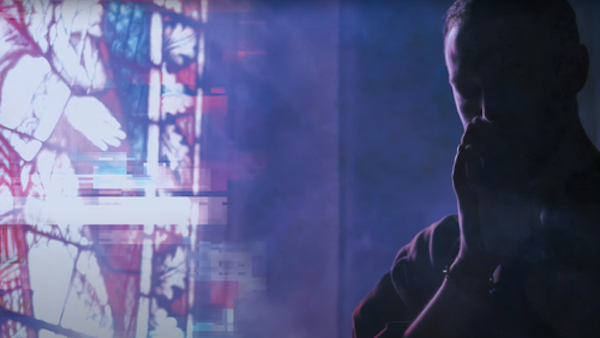Exaltation of the Holy Cross
 "We adore You O' Christ and we bless You, because by Your holy Cross, You have redeemed the world!"
"We adore You O' Christ and we bless You, because by Your holy Cross, You have redeemed the world!"September 14 marks the Feast of the Holy Cross. The spirituality of St. Francis, as well as the friars and sisters that followed after him, have always had a great devotion to the Cross.
The Stations of the Cross, visible in most Catholic Churches, are a contribution of the 17th century friars. Up to that time, the Stations and the indulgences attached to them, could only be gained by visiting the actual sites of Christ's Passion in Jerusalem. However, at the petition of the Franciscans in 1786, Blessed Pope Innocent XI granted the friars the right of erecting the Stations in all of their Churches as well as the indulgences attached to them. In fact, it used to be that case that the Stations had to be blessed by a priest of the Franciscan Order.
The Stigmata, the visible wounds of Jesus Christ, are further evidence of how deeply devoted Francis and his followers were to the Cross. It was while meditation upon the Crucifix that the 20th century saint, Padre Pio, received the wounds of the Stigmata on his hands, feet and side. This seal of sanctity was not limited to the First Order members. St. Veronica Guiliani, a Capuchin Poor Clare, was also stamped with the sacred seal of the Stigmata. Francis and his followers contemplated the wounds of Christ so intently, that they received His very wounds on their bodies.
The symbol that St. Francis chose for his Order is the Tau. The saint once heard read a passage from Scripture in which the Lord said that His followers would be marked with the sign of the Tau. The modern Tau looks much like a "T," but the symbol in the original Hebrew was actually discovered to be an "X" - a cross.
St. Francis saw in the Cross of Christ the model and example for the whole of his life. In every way possible, the saint desired to be conformed to this image of his Master. St. Francis was poor not as a social commentary or even for aesthetic purposes. St. Francis was poor because Jesus Christ hanging on the Cross was poor. Indeed, he was stripped of everything. The friar desired a genuine humility because Christ on the Cross suffered in silence. St. Conrad of Parzham, a German Capuchin friar, coined the term already so long prevalent among the brothers - "The Cross is my book."



